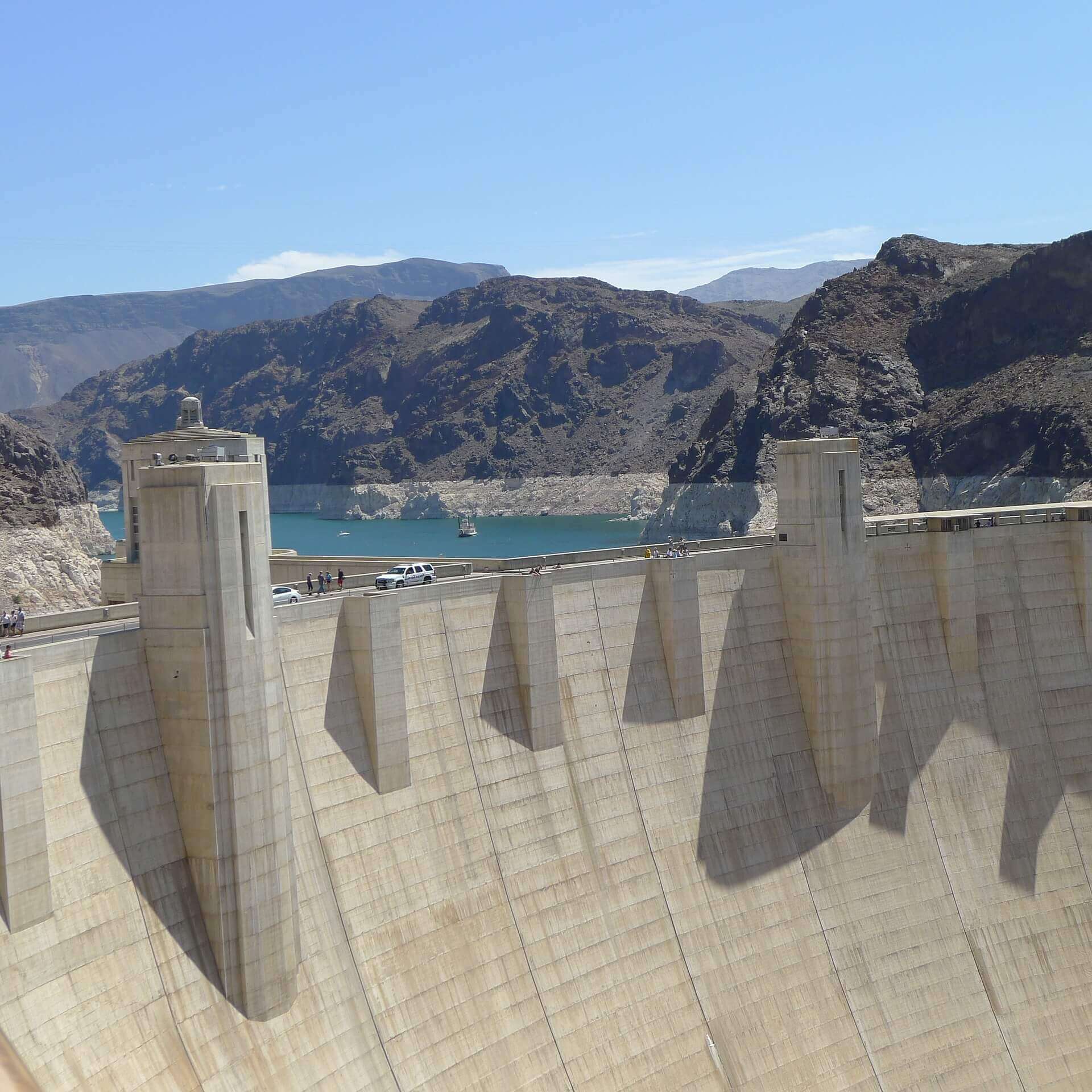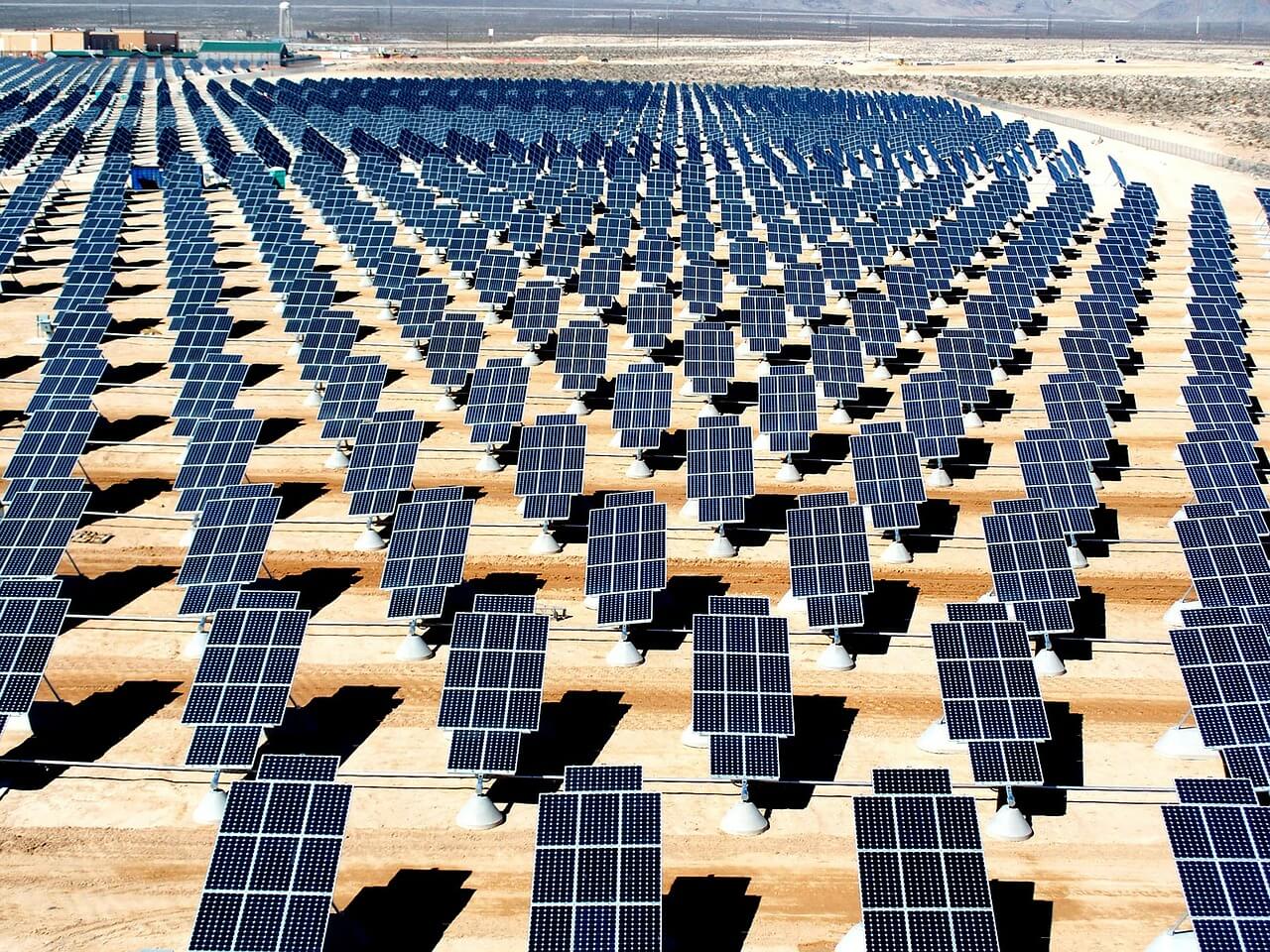How Infrastructure Construction Companies Work
Infrastructure construction and civil engineering companies build large buildings, bridges, dams, pipelines, road networks, ports, railways, and aqueducts. There are a number of segments within the infrastructure and construction industry, ranging from homebuilders to companies who support massive government-funded projects. This overview is focused on the companies involved in the largest projects, which take years to build and can remain in service for decades.
Similar to aerospace and defense (A&D) programs, large infrastructure construction programs often feature a central company that manages the overall project, which includes hundreds or thousands of subcontractors providing different subcomponents and services. In the A&D industry these are called system integrators and include familiar companies such as Lockheed Martin, Boeing, Northrop Grumman, and Raytheon. In the infrastructure and construction industry this role is sometimes called the engineering, procurement, and construction (EPC) contractor and includes companies such as Bechtel, Fluor, Jacobs, and CH2M Hill. In both industries these companies would fill the role of the prime contractor in government contracts.
This distinction is important to understand, as there are thousands of specialties and specialists that must come together in a precisely organized fashion to build something as complex as the Hoover Dam or the Trans-Alaska Pipeline. EPC companies are expert civil engineers, program managers, and builders on a truly massive scale.
Infrastructure takes a long time and a lot of money to design and build. Projects are generally built to support a fixed maximum use or population and have a finite lifespan. This results in a challenge for public and private sector planners to accurately predict population density and infrastructure usage on a forward-looking basis, to ensure that they build systems to support populations 10-30+ years in the future.
Public-Private Partnerships
Large infrastructure projects are generally public-private partnerships to some extent, as their duration and capital requirements often require government sponsorship. These projects also tend to involve public property or public goods such as water, power, and transportation networks. In the United States, we are seeing more private infrastructure in the form of toll roads and power plants, but the large infrastructure sector is still predominantly government sponsored.
It would be extremely difficult for companies to build large infrastructure without government sponsorship. Similar to A&D projects, the risk profile and capital requirements for these projects can be cost prohibitive, especially for public companies evaluated on short-term financial results. Many large projects simply would not be built without government risk and cost sharing.
Public-private partnerships are often necessary, but they are structurally flawed because they separate the buyer (government) from the user (citizens), which can distort pricing mechanisms and result in excess capacity – or the inverse. This challenge occurs in several sectors, including healthcare, A&D, education, and some areas of public administration. Managing public-private partnership programs in such a fashion to minimize these distortions requires training and skill on both sides of the partnership.
Source: US Census Bureau
Private Development
Although most large infrastructure is developed via public-private partnerships, there are private companies who undertake large development projects without government sponsorship. For example, large commercial and residential complexes are typically private projects. In big cities and megacities, these can be multibillion-dollar projects that incur many of the same risks as large infrastructure projects.
Privately funded projects are higher risk than public-private projects, as the company incurs all the risk of underdevelopment or overdevelopment. This is why the largest of these projects are typically found only in the heart of major cities, where companies can be confident in stable long-term demand projections.
Technology
The infrastructure and construction industry is constantly innovating from a technology perspective. In some cases these technologies are new materials; in other cases they are process- and technique-based innovations. Companies have to balance innovation with safety and risk, which is why this can be one of the slower industries to adopt higher-risk new technologies.
Materials sciences is an obvious category of technological innovation for infrastructure and construction companies. Both additive manufacturing and nanomaterials have the potential to effect significant change in this industry, once those technologies reach further levels of maturity.
Testing, systems integration, and program management software is another category of technology that is very important to infrastructure and construction. Tools such as building information modeling (BIM) allow more efficient planning, design, and model-based testing that help builders optimize space and decrease mistakes.
Power consumption and sustainability are also important areas of technological innovation. Megacities in developed countries are stressing power grids and creating public health issues that many hope can be addressed with next-generation technologies embedded in future public and private construction.
Constraints
There are a number of constraints that affect infrastructure and large-structure construction companies. These constraints are focused on public planners and the companies that develop projects in partnership with government customers, but they also apply to large private developers.
Timelines and Unknown Future Usage
Large buildings and infrastructure take a long time to build and are designed to be used for up to 30 years or longer. A bridge, for example, is built to last a target number of years under the assumption of specific traffic and usage patterns. If fewer vehicles transit the bridge, it will last longer. If it is used by more or heavier vehicles, it will need to be repaired more frequently and replaced sooner.
Using this simple illustration, it is important for public officials and company planners to have a reasonable estimate of usage patterns 30-50 years in the future. Dams, power plants, and other public infrastructures have more complex usage models, but in all cases, a clear understanding of future population and demographic patterns will result in better and more efficient use of public resources.
Asset Costs
As previously mentioned, large infrastructure is expensive in terms of financial, material, and human resources. Switching costs are also extremely high, as they require parallel, redundant systems. High asset costs force planners to develop and stick to a course of action over decades, even if new, contradictory information becomes available. Once a project is undertaken, it can be cost prohibitive to change course.
High costs also add complexity to the public-private development model, as the importance of who owns what element of cost and risk becomes critical, especially when projects go off schedule.
Government Oversight
While government sponsorship is positive and in many cases necessary, it is accompanied by the challenges implicit in working under government oversight. In some cases this is limited to the regulatory burden of government cost-accounting and management systems.
In other cases it extends to the politicization of large development projects, which can range from inefficient to severely disruptive. Highly visible public projects have famously become political and even campaign issues as projects are funded via taxes or bond issuances. This can result in increased oversight and regulatory pressure.
Strategic Resources
Infrastructure and construction companies sometimes build projects that are national security interests or strategically important resources. This is the case for many ports, energy-transportation networks, power-generation facilities, canal systems, and other projects.
Strategic resources are inherently political, and as such can be subject to influence by a variety of national and international political motivations. Similar to A&D and energy companies, large construction companies are sometimes viewed as national assets themselves. Although this can result in positive outcomes such as a protected market positions, it can also constrain the decisions of company executives, as they become pseudo-government entities.
Customers and Asset Operators
Government-sponsored construction projects separate the customer from the user, which creates another structural challenge. In this case, the customer is the government buying entity, while the users are the citizens and taxpayers who ultimately use the asset. This is fine when the customer and user are aligned, but can create requirement and perception issues when that is not the case.
It is also important to note that construction companies build systems that will typically be operated by another company or by a group of public employees. The operator’s management of the infrastructure or system goes a long way toward its ultimate success or failure – even though it is generally beyond the control of the company who built the system.
Source: Global Industry Analysts
Strategic Imperatives
All companies are different, but there are common imperatives that compel companies who operate in the infrastructure and construction industry. Similar pressures upon different types of companies can result in wildly different strategies and tactics, but understanding constraints and compulsions helps frame how the industry operates.
1) Know your customer and what they want. Help your customer understand what they are going to need to build, and the most efficient way to achieve their requirements. It is important that companies share their expertise and work with their government partners to shape requirements towards a beneficial customer outcome.
2) Identify on a forward-looking basis entities that need and have the resources to buy what you build so that you are able to partner with potential customers during the planning stage. Assuming that the requirements definition and business development cycle takes 3-5 years, it is important to focus business development resources on the customers that are most likely to buy things you build in the near future as opposed to those buying now, which are often too late to influence.
3) Align your cost structure with the segment of the infrastructure and construction industry where you compete. Companies who build the most technically complex or longest-lasting projects can operate at premium margins. Companies who build more common commodity-type infrastructure, yet try to operate at premium margins will fail. There is room in the industry for companies of all types, but vigilance with regards to cost structures is essential, as problems arise for companies when the positioning, capabilities, and cost structure fall out of alignment.
4) Innovate, especially if your strategy is to operate in high-complexity, high-margin segments. Innovate from a process perspective to increase safety and drive down costs and from a technology perspective to add new features and longevity.
Join the Catalyst Monitor
Join our community, where we push out regular insights to help maintain situational awareness on technological and socioeconomic trends.



